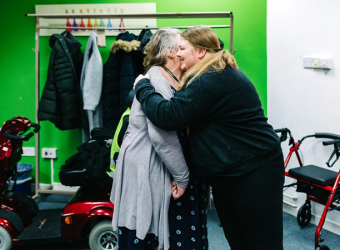What is Raynaud’s syndrome?
Raynaud’s syndrome affects one’s blood circulation in response to cold temperatures and anxiety.
Peripheral blood vessels narrow, causing numbness, colour change, and soreness in some areas of the body, such as fingers and toes.
What causes Raynaud’s?
When temperatures drop, our body tries to limit heat loss by vasoconstriction of the peripheral blood vessels.
In Raynaud’s syndrome, these blood vessels are oversensitive to the cold temperatures and become more narrow than normal, making the fingers and toes feel numb and look blue.
It is estimated that one in 10 people have some type of Raynaud’s; however, women and people aged between 15-25 are more at risk for experiencing this phenomenon.
Symptoms of Raynaud’s syndrome
- Fingers and/or toes first turn pale in response to cold temperatures or stress and then turn blue
- Fingers and/or toes turn red and become swollen when the circulation improves
- Gangrene might develop on the fingers and/or toes (rare cases)
- Nose, lips, ears, and nipples are sometimes affected too.


















